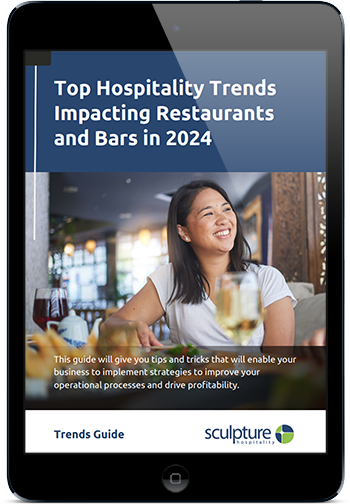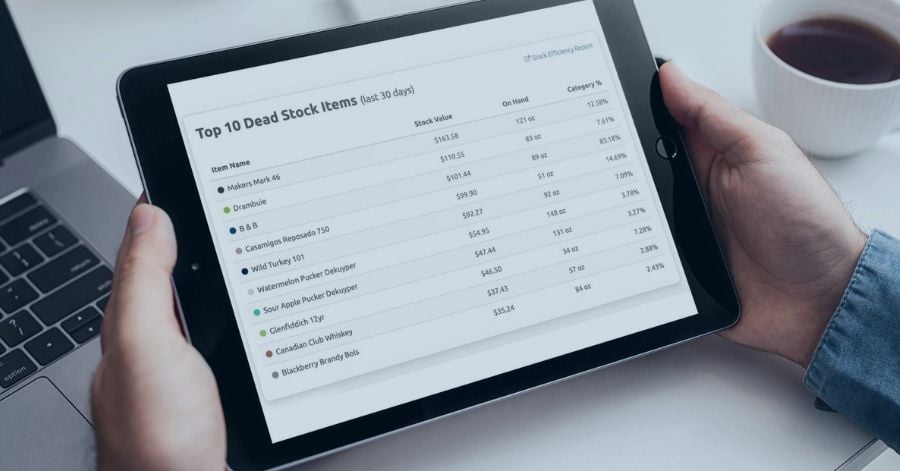In theory, this should be a booming time for restaurants and bars. COVID-19 restrictions have relaxed in a large number of locations, there is pent-up consumer demand for the hospitality industry and the global economy is set for a post-pandemic boom.
Yet, despite this, restaurant and bar owners around the world are struggling. And there’s one primary reason - a shortage of hospitality workers.
Restaurants and bars are currently experiencing a significant shortage of workers, with chefs, washers and wait staff the most difficult positions to fill right now.
In May, employment at eating and drinking establishments were still 1.5 million jobs below pre-pandemic levels in the US, or down about 12 percent, according to the National Restaurant Association’s summary of data from the U.S. Bureau of Labor statistics.
At the same time, seating demand is back to where it was before the pandemic. Reservation data from OpenTable shows that, across the US, seating has largely returned to 2019 levels.
As a result, many restaurants are lacking the workers they need to serve their customers.
Meanwhile, in Canada, labour shortages are forcing restaurants to scale back their operating hours. In the province of British Columbia alone the Food Services Association estimates about 45,000 workers have been lost since the pandemic began - about 190,000 are needed to operate the province’s restaurants at a normal capacity.
With that in mind, what’s driving the hospitality workforce shortage, how is it affecting your restaurant and what can you do to overcome the challenges of finding skilled workers? We answer everything you need to know in this blog.
What is the hospitality workforce shortage and what's driving it?
The term “skills gap” refers to a mismatch between the skills that an employer needs to fill their open roles, and the skills that current job seekers possess. This skills shortage has been a worldwide problem for a few years but has been exacerbated by the COVID-19 pandemic.
This shortage in workers has moved far beyond a shortage in “skilled workers”. It’s now a complete shortage of hospitality workers in general, both skilled and unskilled.
So what’s driving the shortage of hospitality workers? Here are just a few key factors.
Fear of the pandemic: For many workers, the risk of going back to work is just not worth it right now. There is still some tentativeness about getting back to in-person workplaces, especially when those workplaces involve dealing with different groups of people each day such as restaurants.
A decline in immigration: Immigration is an important part of any country’s economic growth. Immigration helps to sustain the labour market by bringing new, skilled workers into the workforce. Yet international travel has been limited since the start of the pandemic to most countries, and that’s resulted in a significant decline in immigration over the past year and a half.
The post-pandemic resignation boom: Dubbed “The Great Resignation”, many workers are either stepping away from their jobs or looking for new opportunities now that we are moving out of the toughest pandemic restrictions. This is largely down to the vast number of changes that have come to the world of work since March 2020.
How the hospitality workforce shortage affects your restaurant
The shortage in the hospitality workforce isn’t impossible to navigate. In fact, there are some best practices (which we explore in the next section) that your restaurant can follow to ensure it employs talented, experienced and skilled workers.
However, before learning about those, it’s first crucial to understand exactly how the shortage of hospitality workers can affect your business if left unaddressed.
Here are just a few of the top impacts the workforce shortage can have on your restaurant:
- Limited staff might result in a poorer guest experience.
- You may have to reduce your opening hours if you don’t have the staff to keep your normal operating hours running smoothly.
- Your profit margins could shrink, as you’ll need to pay current workers overtime and employ further workers on higher wages.
- Your business is at risk of losing its employees to competitors.
How to overcome the hospitality worker shortage
With the above in mind, here are some tips that will help your restaurant overcome the hospitality workforce shortage and, as a result, improve the profitability and guest experience of your restaurant.
- Focus on staff retention
The most valuable workers to your business are the employees that already work for you. Hiring new workers is already expensive, but replacing existing employees is incredibly costly, especially during the middle of a labour shortage.
Before you start focusing on recruiting new employees, focus your efforts on staff retention instead. This could involve asking employee feedback to see where your business can make improvements to increase loyalty, introducing an employee benefits package or rethinking your compensation models.
- Move fast in the application process
As we’ve discussed, there’s a serious lack of workers looking for opportunities in the hospitality industry. That means that when candidates send out applications and come in for interviews, restaurants need to move fast.
Applicants are generally considering multiple opportunities at the same time, and they now have the luxury to choose the offer that’s best suited to them.
- Take advantage of technology
Technology, such as Sculpture Hospitality’s bar and restaurant inventory management software solution, can dramatically increase your internal efficiencies while working. By streamlining your processes, your restaurant can probably get by with a smaller team.
Technologies such as inventory management, point of sale systems, and customer table ordering all free up time for your employees to focus on performing their jobs in a more efficient and effective manner.
Looking for help to drive up restaurant profits as we move out of the pandemic? Get in touch with sculpture Hospitality’s team of experts today. We would love to help.











